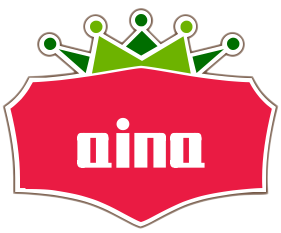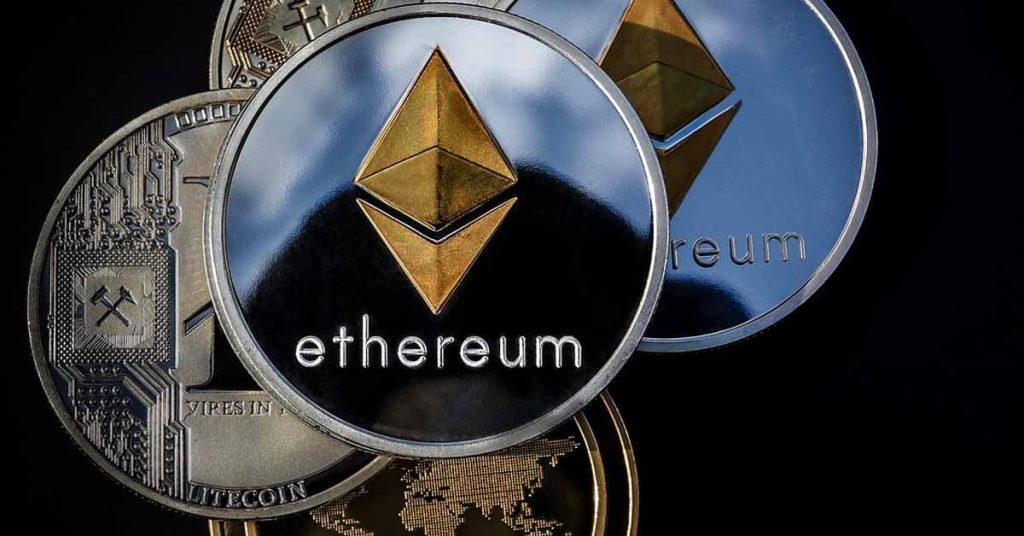Huma Finance is an innovative decentralized finance (DeFi) protocol focused on revolutionizing global credit and payment systems by leveraging blockchain technology and real-world income streams.
It enables undercollateralized loans using verified income (like salaries or receivables) as collateral, bypassing traditional financial gatekeepers for a more inclusive global financial network.
What is Huma Finance?
Huma Finance (Huma PayFi) is a blockchain-powered decentralized credit protocol that allows users to borrow funds using real-world income as collateral.
It integrates real-world assets (RWAs) into DeFi to offer borderless, frictionless financial access, particularly targeting those underserved by traditional finance.
The protocol operates trustlessly on Ethereum with decentralized oracles for income verification and risk assessment, automating lending via smart contracts.
How Does Huma Finance Work?
-
Users connect verifiable income sources to the platform, authenticated by decentralized oracle networks such as Chainlink.
-
The system runs KYC and generates a credit score via proprietary risk assessment models.
-
Lenders provide liquidity into pools with tranching for risk/return balance.
-
Smart contracts automatically disburse loans, manage repayments (deducted from income streams), and handle recovery actions if needed.
-
The native HUMA token powers governance, staking in junior tranche risk pools, fee payment, and incentives.
Airdrop Details
Currently, there is no publicly verified information specifically on a Huma Finance airdrop.
Users should watch official channels and announcements for any upcoming token airdrops or incentive programs.
Step-by-Step to Participate in Huma Finance Airdrops (General Guide)
-
Follow Huma Finance’s official social media and website for announcements.
-
Create or connect an Ethereum-compatible wallet (e.g., MetaMask).
-
Interact with Huma’s DeFi products or join community events, if required.
-
Register or opt-in for airdrops as per official instructions.
-
Hold qualifying tokens if the airdrop requires snapshot holding.
-
Claim airdropped tokens through official platforms once distributed.
Tips for Maximizing Airdrop Rewards
-
Stay updated through official sources — airdrop news often comes with limited-time windows.
-
Engage with the protocol early by using the platform or staking tokens.
-
Participate in community programs, governance voting, or beta testing if eligible.
-
Maintain an active presence on social channels or forums.
-
Use secure wallets and avoid phishing scams.
FAQs
Q: What blockchain does Huma Finance operate on?
A: Primarily on Ethereum, with ongoing expansions to Layer 2 and cross-chain solutions.
Q: What utility does the HUMA token have?
A: Governance, staking for risk absorption, fee payments, and incentivizing ecosystem participation.
Q: Is Huma Finance safe to use?
A: It uses decentralized oracles and smart contracts audited for security; however, as with all DeFi, risks remain.
Q: How does Huma achieve undercollateralized lending?
A: By verifying actual income streams and using tranching to distribute risk efficiently.
Conclusion
Huma Finance pioneers a new frontier in decentralized credit by enabling users to leverage their real-world earnings as collateral for loans.
By bridging conventional finance and DeFi with a trustless, transparent framework, it democratizes access to credit and global payments.
While the ecosystem is growing with promising technology and utility in the HUMA token, users should stay attentive to updates, including potential airdrops, and engage cautiously in line with DeFi best practices.
The future roadmap includes scalability improvements, real-time settlement infrastructure, and decentralized governance, indicating strong potential for growth in the Web3 financial landscape.
This overview equips users with essential knowledge to understand, participate, and benefit from Huma Finance’s innovative PayFi ecosystem.

